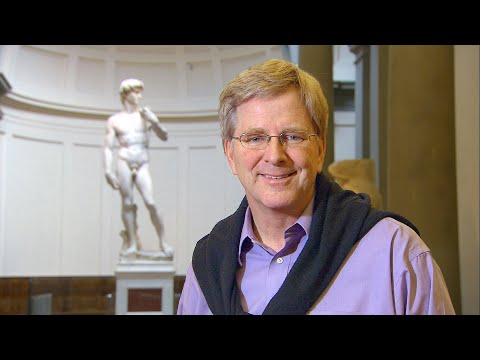
Nestled in the rolling hills of Italy’s Tuscany region, Florence stands as a monumental testament to the age of Renaissance, a period marked by an extraordinary flourishing of art, culture, and intellectualism. Known as “the cradle of the Renaissance,” Florence’s influence on art, architecture, and politics extends beyond its boundaries, shaping the modern world in countless ways. This article explores how Florence came to be at the heart of this significant cultural movement and its continuing legacy.
### Origins of Florence’s Renaissance
The Renaissance, meaning ‘rebirth,’ was a revolutionary cultural movement that saw a renewed interest in classical antiquity. It began in Florence in the late 14th century, under the influence of writers like Dante Alighieri and Francesco Petrarch, who stirred a revival of classical learning and values. The movement was heavily supported by the Medici family, whose patronage attracted artists and thinkers from all over Europe to Florence.
### Architectural Marvels
Florence’s skyline tells tales of its glorious past. The most iconic feature is undoubtedly Brunelleschi’s dome on top of the Cathedral of Santa Maria del Fiore (the Duomo). Completed in 1436, this masterpiece not only dominates the city’s panorama but also represents an engineering challenge that was unprecedented at that time. Equally important are landmarks such as the Palazzo Vecchio and Giotto’s Campanile which blend utilitarian robustness with sublime beauty.
### Artistic Achievements
During its heyday, Florence harbored some of the most influential artists who have ever lived. Leonardo da Vinci, Michelangelo Buonarroti1 and Sandro Botticelli are but a few names among many whose works were primarily realized here. Michelangelo’s David exemplifies not only technical perfection but also symbolizes humanistic values central to Renaissance thought.
The Uffizi Gallery houses one of the most important art collections in Italy and preserves numerous masterpieces from this era including Botticelli’s *The Birth of Venus* and da Vinci’s *Annunciation*. Each piece tells stories woven into the fabric of Renaissance ideals – humanity, nature, beauty – echoing aspirations toward intellectual and artistic liberation.
### Literary Contributions
Florence was also a thriving center for literature during this time. Dante Alighieri’s *Divine Comedy*, often considered a prelude to Renaissance thought despite being written earlier than most other works associated with it, had immense influence on both contemporary Florentine culture and future generations across Europe. Later figures like Niccolò Machiavelli contributed significantly to political theory through his writings including *The Prince*, which remains foundational in modern political philosophy.
### Modern-Day Florence
Today Florence remains steeped in its historical legacy yet vibrant with contemporary life; it’s home to numerous museums, galleries, libraries and institutions that continue to preserve its rich heritage while promoting ongoing cultural activities. Every year millions visit this city not only for its astonishing visual arts but also for its culinary offerings reflecting another facet of Italian sophistication.
Moreover, universities like The University Of Florence foster academic pursuits rooted deeply within humanistic traditions established during the Renaissance period while encouraging research spanning diverse disciplines thus continuing a storied tradition into modernity.
In conclusion: more than just an important urban center during one pivotal epoch; Florence epitomizes how deeply ingrained cultural movements can shape societies profoundly influencing subsequent global developments across centuries.
